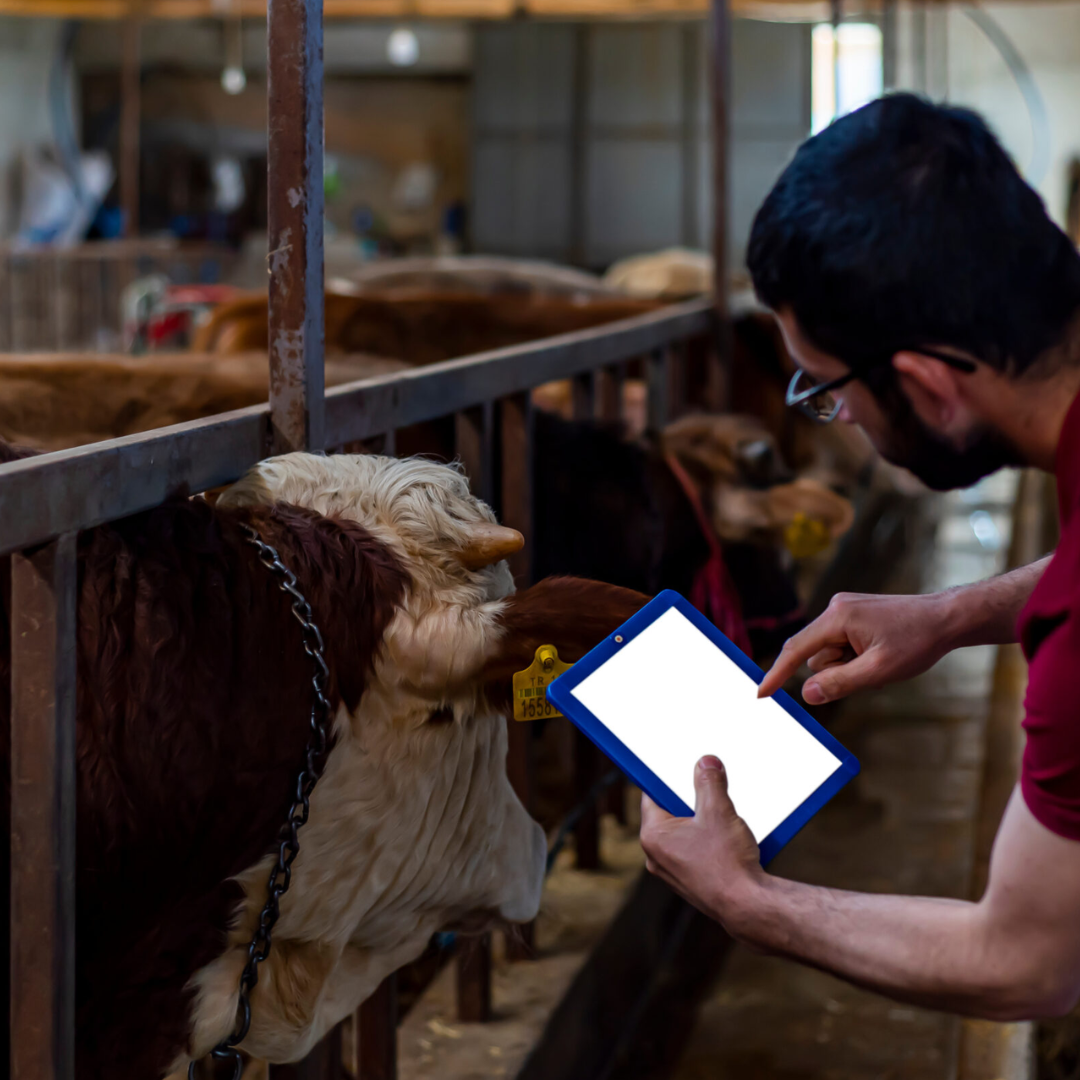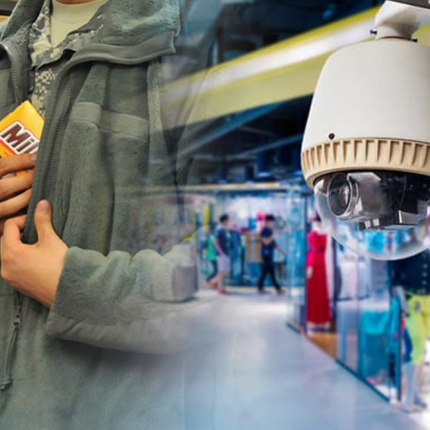Description
Overview of Livestock Tracking Using BLE or RFID
Livestock Tracking Using BLE or RFID involves the application of advanced technologies to monitor and manage livestock efficiently. BLE (Bluetooth Low Energy) and RFID (Radio Frequency Identification) technologies are employed to track the location, health, and movements of animals in real-time, providing valuable data for farmers and livestock managers.
BLE technology uses small beacons attached to livestock that transmit location data to BLE gateways. This enables real-time monitoring of animal positions and movement patterns. BLE beacons are energy-efficient and provide accurate, close-range tracking, which is useful for managing large herds and monitoring grazing patterns.
RFID technology involves tagging livestock with RFID tags that transmit data to RFID readers. This method provides detailed information about each animal, including its identification, health status, and activity levels. RFID tags can be passive (powered by the reader’s signal) or active (with their own battery), and they offer various frequency bands (LF, HF, UHF) for different tracking needs.
Applications in Livestock Tracking Using BLE or RFID
- Herd Management
- Health Monitoring
- Feeding Optimization
- Breeding Management
- Disease Control
- Lost Animal Recovery
- Compliance and Record Keeping
- Production Monitoring
- Behavioral Analysis
- Environmental Monitoring
- Operational Efficiency
- Insurance and Liability Management
- Weight Tracking
- Grazing Management
- Milk Production Monitoring
- Water Consumption Monitoring
- Daily Activity Tracking
- Movement Patterns Analysis
- Stress Level Detection
- Birth Tracking
- Veterinary Care Management
- Quarantine Monitoring
- Treatment History
- Farm Layout Optimization
- Theft Prevention
- Automated Feed Distribution
- Genetic Improvement Tracking
- Carcass Quality Monitoring
- Grazing Area Utilization
- Health Trend Analysis
- Labor Cost Reduction
- Breeding Success Rate
- Maternity Monitoring
- Weight Gain Tracking
- Environmental Condition Tracking
- Feed Efficiency Analysis
- Disease Outbreak Prediction
- Livestock Welfare Improvement
- Movement Restriction Management
- Compliance Reporting
Technical Specifications of Livestock Tracking Using BLE or RFID
BLE Beacons or RFID tags in Livestock Tracking Systems
Technical specifications for livestock tracking using BLE and RFID technologies include several critical components tailored to meet the needs of effective and efficient management of livestock.
BLE (Bluetooth Low Energy) beacons operate within the 2.4 GHz ISM band and generally offer a range of 30-50 meters, though this can be adjusted by modifying the transmission power. The battery life of BLE beacons typically spans from 1 to 5 years, depending on the beacon model and usage patterns. These beacons broadcast data at configurable intervals ranging from milliseconds to several seconds and communicate using the BLE protocol, which is based on the Generic Attribute Profile (GATT). They transmit unique identifiers (UUID, Major, Minor) along with additional metadata that is used for tracking the location and movement of livestock. BLE beacons are known for their low power consumption, making them suitable for long-term deployment with minimal maintenance. Integration with BLE gateways and mobile applications allows for real-time data collection, tracking, and management of livestock.
RFID (Radio Frequency Identification) tags come in three primary types: passive, active, and semi-active. Passive RFID tags do not have an internal battery and are powered by the signal from an RFID reader. They are typically used for short-range applications with a read distance of up to 10 meters. Active RFID tags, equipped with their own batteries, offer longer read ranges, up to 100 meters, and can store more data. Semi-active RFID tags combine features of both passive and active tags, providing moderate read ranges and battery-assisted functionality. RFID tags operate at various frequency bands, including Low Frequency (LF) at 125-134 kHz, High Frequency (HF) at 13.56 MHz, and Ultra High Frequency (UHF) at 860-960 MHz. Each frequency band offers different read ranges and data storage capacities, with LF tags suitable for close-range tracking, HF tags for moderate ranges, and UHF tags for longer distances. The power consumption varies among these tags, with passive tags requiring no internal power, active tags consuming more power due to their battery, and semi-active tags having moderate power needs.
BLE Gateways or RFID Readers in Livestock Tracking Systems
BLE Gateways are essential for receiving and processing data from BLE beacons attached to livestock. These gateways operate by capturing the signals broadcasted by BLE beacons, which transmit information such as location, movement patterns, and other metadata. BLE gateways are designed to cover specific areas, with the ability to connect multiple beacons within their range. They facilitate real-time tracking and monitoring of livestock, providing data that can be analyzed to optimize herd management and improve operational efficiency. The integration of BLE gateways with cloud-based systems or local servers enables the seamless collection and analysis of data, allowing for timely decision-making and effective management of livestock.
RFID Readers, on the other hand, are used to read data from RFID tags attached to livestock. These readers come in various forms, including handheld, fixed, and mobile units, each suited to different tracking and management needs. Handheld RFID readers are portable and useful for manual scanning and data collection. Fixed RFID readers are installed at specific locations, such as entry and exit points or feeding stations, to continuously monitor livestock as they pass by. Mobile RFID readers are used for more flexible data collection, often in combination with vehicles or drones for large-scale operations. The choice of RFID reader impacts the range, accuracy, and efficiency of data capture, with advanced readers providing high-speed and high accuracy reading capabilities.
Cloud Systems
GAO Cloud BLE or RFID Systems consists of the following parts:
GAO BLE Gateways and Beacons and RFID Readers and Tags
BLE or RFID Cloud, Server, PC & Mobile
GAO Cloud Services Engine for BLE or RFID
Data collection and integration, data storage, real-time analytics, dashboard and reporting, alerts and notifications, security and compliance, scalability and flexibility, and user interface and accessibility.
Integration APIs
APIs enable seamless integration between the BLE or RFID solution and existing Livestock Tracking systems such as farm management systems, veterinary management systems, herd management platforms, feeding systems, health monitoring systems, breeding management systems, gis systems, data analytics platforms, inventory management systems, and regulatory compliance systems.
Server, PC & Mobile Systems
GAO Server, PC & Mobile BLE or RFID Systems are composed of
BLE Gateways and Beacons, RFID Tags and Readers
GAO Server, PC and Mobile Software Engine for BLE & RFID
Server, PC, and Mobile Servers and Infrastructure, Middleware Software, and Database Management System.
Integration with Livestock Tracking Systems
The Server, PC, and Mobile solution integrates with existing livestock tracking systems systems such as inventory management, point-of-sale (POS), and enterprise resource planning (ERP) systems. Integration is achieved through APIs, database connections, or middleware adapters, enabling seamless data exchange and synchronization.
All GAO’s RFID products are jointly offered by GAO Tek Inc. and its sister company GAO RFID Inc., ranked as a top 10 global RFID and IoT supplier. For RFID products on https://gaotek.com/, please visit RFID-BLE category, and its sub-categories: BLE Gateways, Beacons & Accs, UHF Readers, Tags & Accs, NFC & HF Readers, Tags & Accs, LF Readers, Tags & Accs, and BLE or RFID Cloud, Server, PC & Mobile.
You also are encouraged to visit gaorfid.com that offers a more comprehensive, more complete and different set of RFID products: BLE, RFID Readers, RFID Tags, Antennas & Accessories, RFID Systems, System By Feature.



